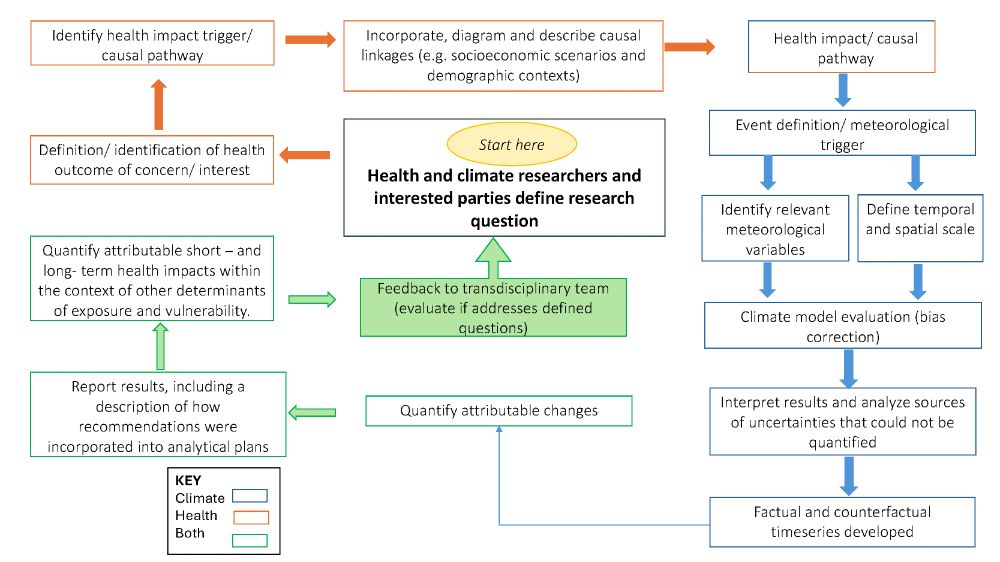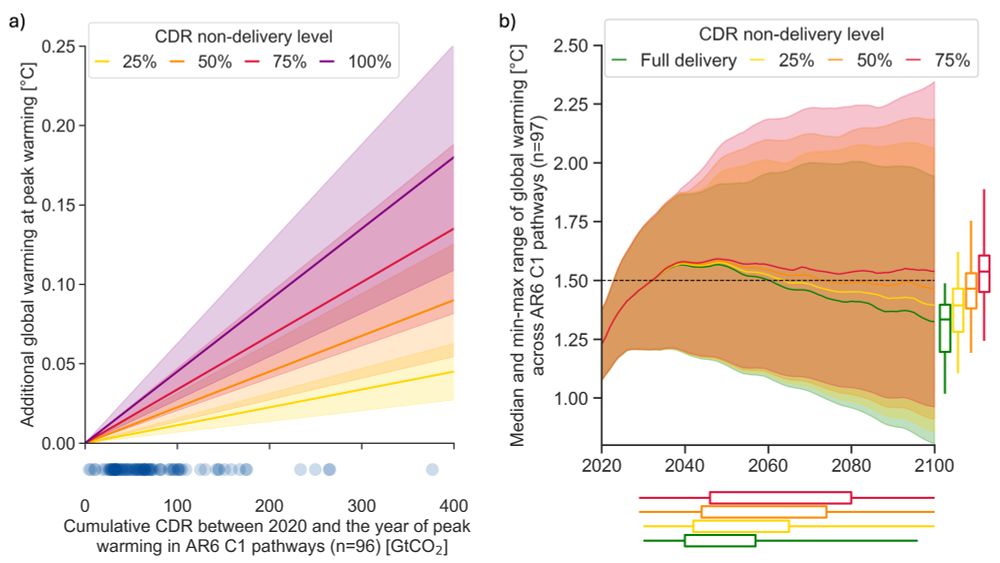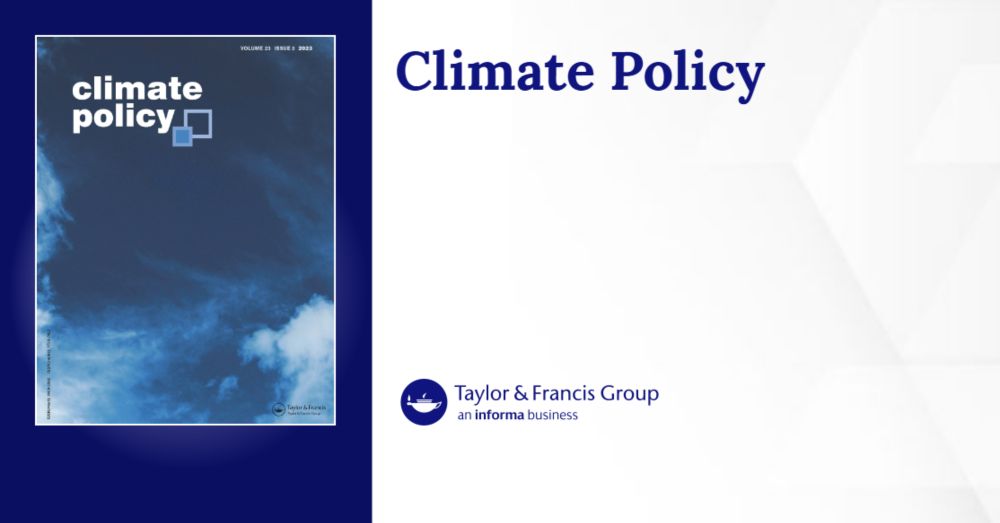Rupert Stuart-Smith
@rupertstuartsmith.bsky.social
110 followers
84 following
26 posts
Senior Research Associate in climate science and the law, Oxford Sustainable Law Programme, University of Oxford
Climate scientist and collaborator of lawyers
https://www.smithschool.ox.ac.uk/person/dr-rupert-stuart-smith
Posts
Media
Videos
Starter Packs
Reposted by Rupert Stuart-Smith
Reposted by Rupert Stuart-Smith
Reposted by Rupert Stuart-Smith
Ruben Prütz
@rubenpruetz.bsky.social
· Jul 14
Reposted by Rupert Stuart-Smith
Joeri Rogelj
@joerirogelj.bsky.social
· Jul 14










